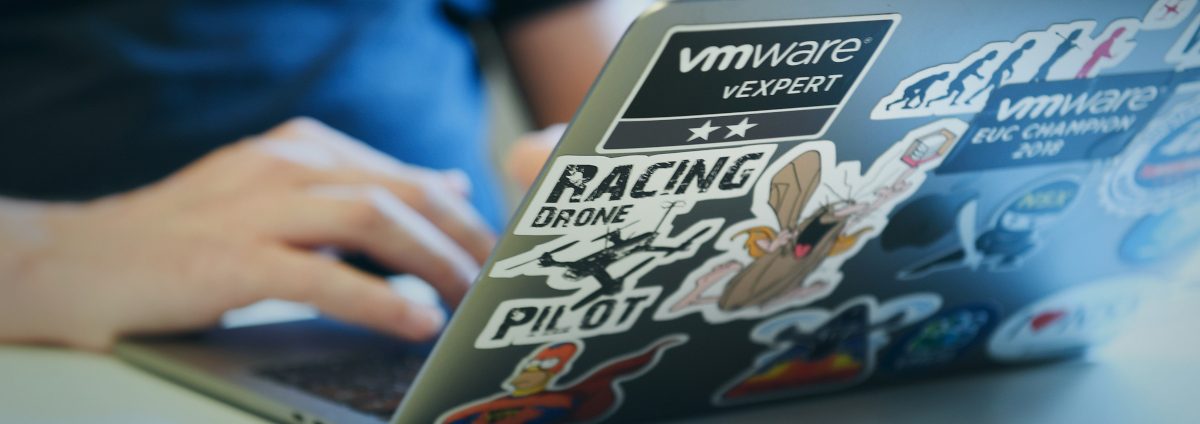In this guide, I will show you how to build a custom race drone with the DJI Digital HD FPV System. The DJI Digital FPV System was designed for the drone racing industry. It consists of the DJI FPV Air Unit Module, DJI FPV Camera, DJI FPV Goggles, and DJI FPV Remote Controller, all of which are packed with powerful features and serve a significant role in the development of our HD Low Latency FPV system. We have redefined drone racing, delivering lower latency rates, stunning HD resolution, and, most importantly, an unforgettable FPV flying experience.
The hardware used
For most of my hardware, I go to my favorite local shop, DroneShop.nl in the Netherlands. They have most hardware in stock for good prices. You can get it cheaper via Banggood but that takes a few weeks for delivery.
- DJI Digital FPV System
- Hobbywing XRotor F4 G3 Flight controller
- Hobbywing XRotor 60A 4-1 ESC
- TransTEC Laser HD frame
- 4x Emax ECO 1700KV 2207 motors (But will be replaced by iFlight XING-E 2208 1800KV)


For the rest, you need a good soldering station, lead solder, heat shink, tweezers, and other tools. I have a TS100 soldering iron which is freaking awesome, has custom firmware and can be powered off any 12 to 24v source.
The build
First off, I always start with building the frame and pre-fitting all parts to see how I will build this quad. Before soldering anything I want to see the best way to route the motor wires and so on.


Here I wanted to see if mounting the stack sideways or normally is an option but the normal way the way to go.

This fits just perfectly. Now we know how we want to set up this drone we can pre-cut all the wires and tin them. Then I start with soldering all motors to the ESC and soldering the power leads. Be sure to use a good temperature between 400 and 450C. This way the solder melts quick and you won’t need much time heating up the pads.

When done you can move over to the installation of the flight controller. With the DJI system, you only need to solder up the Air Unit. This is a connector of 6 wires. I this case we are soldering up all 6 because this Quad is running full DJI including the remote. If you want to use your own solution like CrossFire or FrSKY you only need to solder lesser wires.

A good video on how to set up the DJI Air Unit to your flight controller can be watched below.
So here you ask… 6S? How? You know the Air Unit only takes up to 4S right? Yeah, you are correct there. But. The Hobbywing XRotor F4 G3 flight controller has a dedicated BEC with 12v 2A. This will convert the 6S power to the save 4S levels you need to power on the Air Unit safely.
All Done
That’s it. Because I use the DJI system including remote there is no need to install a separate remote receiver system. The Air Unit covers it all.

Before you power on!
Be sure there are no short circuits in the soldering work. You will fry your hardware if there is. Use a smoke stopper to prevent any damage. If the light burns… you have a short somewhere.
Betaflight and BLHeli
When you powered on and there was no short you can set up and update Betaflight. Out of the box, the flight controller is still on version 3.5.* and at this moment the latest version is 4.1. Put the flight controller in DFU mode and upgrade it to the latest version. The target for the Hobbywing XRotor F4 G3 is OMNIBUSF4SD AIRB. Be sure to also upgrade the ESC to the latest BLHeli firmware.
When you are all updated, setup the flight controller and check if the motors are spinning the correct way. If not you can change this in the BLHeli suite and put those motors in a reversed mode so all 4 motors are spinning correctly.
Maiden
Now it’s time for a maiden flight and check if it needs some tuning. The stock Betaflight PIDS nowadays are pretty darn good! Happy Digital racing!
See the difference below between digital and analog in a high-density spot with tons of multipathing.

